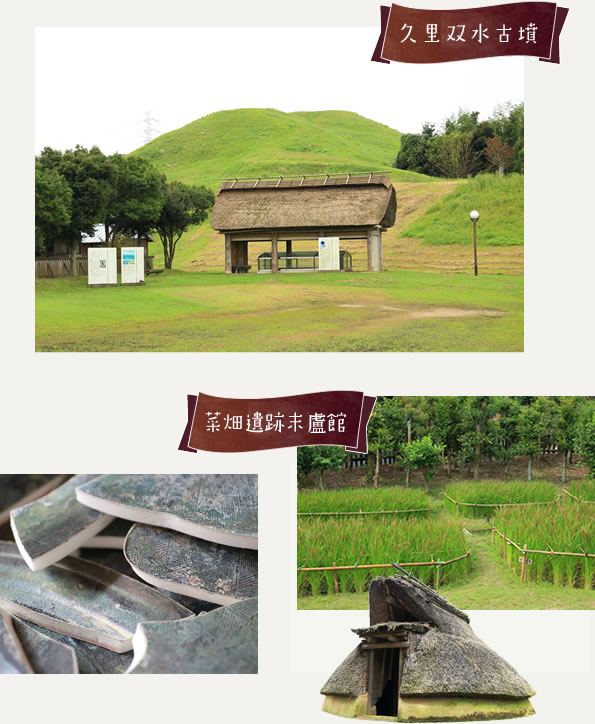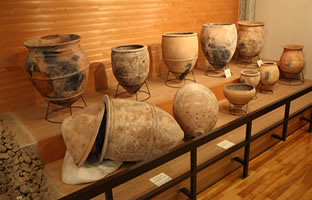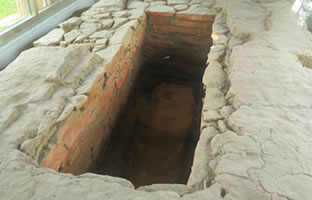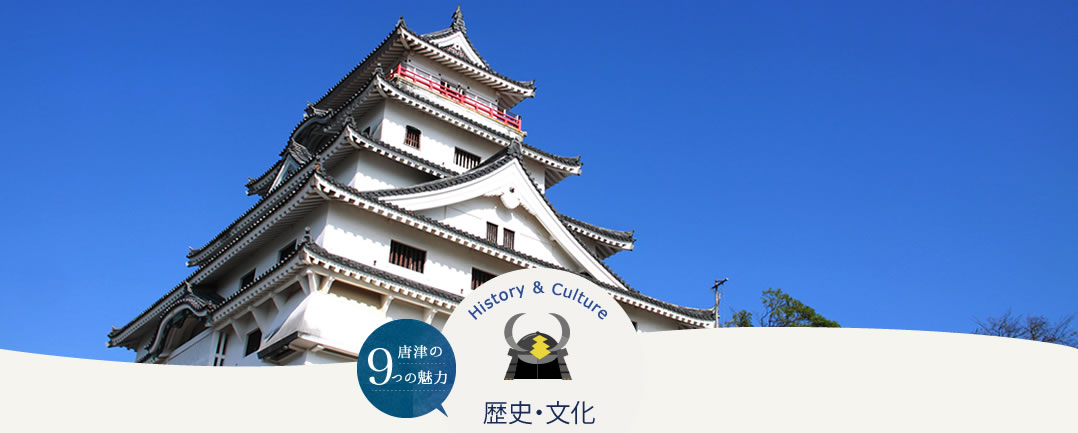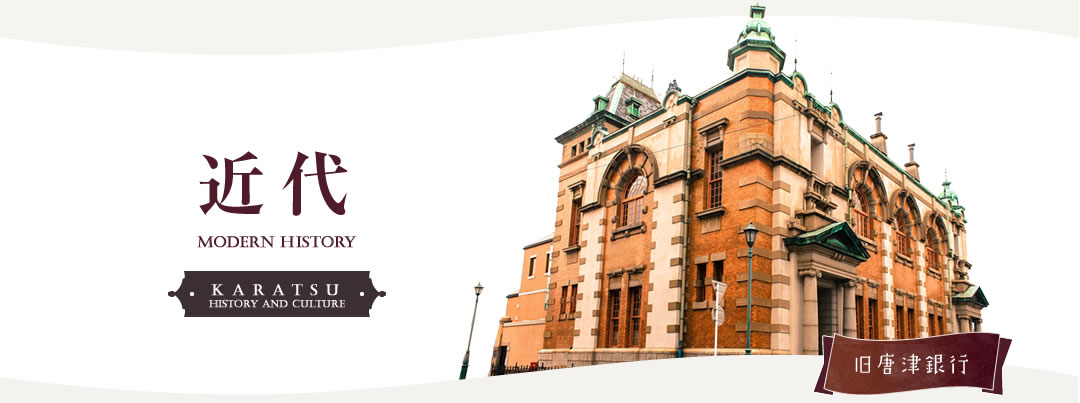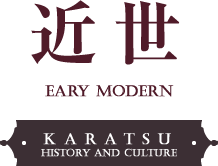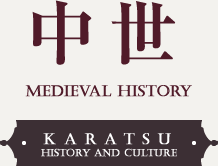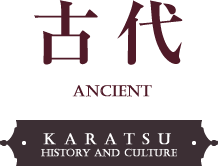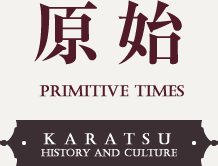The elegant and luxurious structures of Karatsu reflect the city’s economic success during the coal-mining era in the Meiji and Taisho periods. The architect behind the Former Karatsu Bank Headquarters is Kingo Tatsuno, who also designed countless iconic structures of modern-day Japan. One distinctive nature of the Former Headquarters is the British Queen Anne-style construction with a Japanese flare.

Karatsu-native Kingo Tatsuno also designed Tokyo Station’s Marunouchi frontage as well as Bank of Japan Tokyo Head Office. Oversaw by Tatsuzo Sone, also a Karatsu-native, is the Former Mitsubishi Goshi Kaisha Karatsu Branch Honkan, one of very a few remaining Western wooden buildings in Sage Prefecture. The Former Residence of Koreyoshi Takatori also offers a ton of unique features to see, including the private Noh stage and the ranma transom construction.


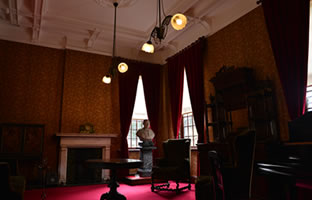

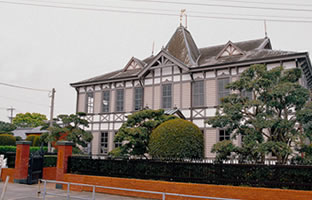

The city’s symbol, Karatsu Castle, is uniquely placed facing toward the ocean –a true rarity in the country. Looking over the blue waters and Nijinomatsubara pine cove, the panoramic view captured atop the Tenshukaku tower is just breathtakingly stunning. On the other hand, Nagoya Castle built by “great unifier” Shogun Toyotomi Hideyoshi was constructed under the sole apprenticeship of Kuroda Kanbei. This stronghold served as the country’s main hub during the Japanese invasions of Korea. Over 130 feudal lords and shoguns gathered here at that time for the 1592 – 1596 incursion.
The adjacent Nagoya Castle Museum offers “the virtual Nagoya Castle” tour via smartphone devices – allowing for visitors to get a close-up experience of the castle as it stood back then. As Karatsu was flourishing as a castle town, Yobuko also prospered from its whaling industry. The Former Nakao Residence once belonging to the clan of whaling tycoons is depicted on Edo-period painting “Ogawajima Geigei Kassen (Battle)” as well.
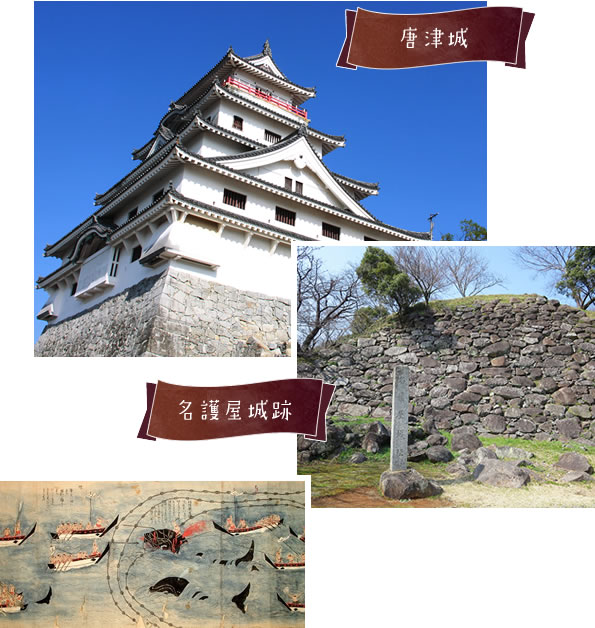
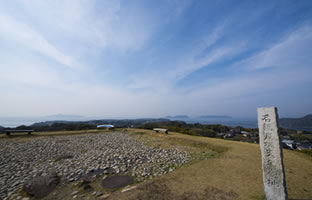

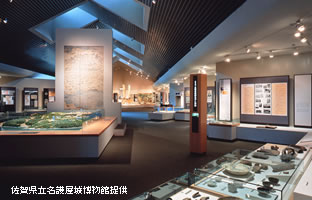

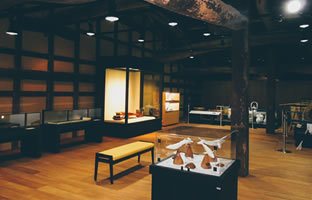

Karatsu also has several locations dating back to the Middle Ages. Having returned home from training and studying Vajrayana in China, Kukai presumably carved out the figures of Buddha at the Udono rock cluster, where it eventually became the mecca for Esoteric Buddhism. 60 images of all sizes inscribed on the surface of the boulders show so little wear and tear from the elements of nature even today. The intricate coloration and details applied on them are still clearly visible.
Kishitake Castle once belonged to the Hata clan of the Matsuura naval Party. From this stronghold, the clan grew in size and strength during the Sengoku period - to the point where they controlled the entire upper Matsuura region. Mossy remains of the castle stone wall wistfully illustrate the rise and the fall of the clan.
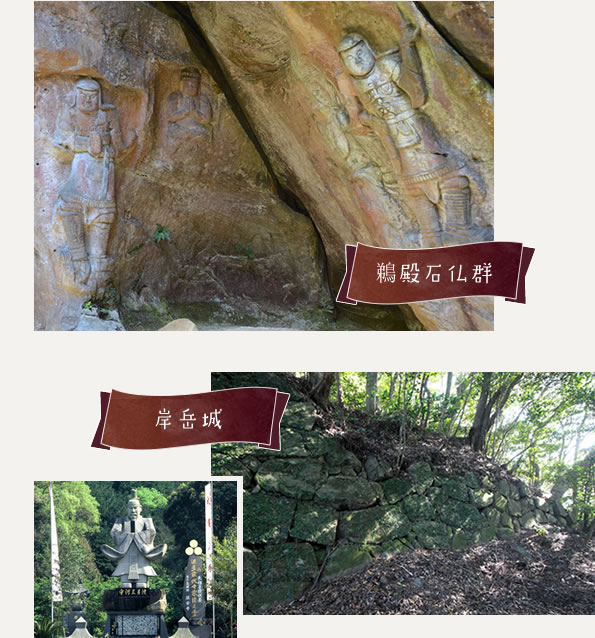
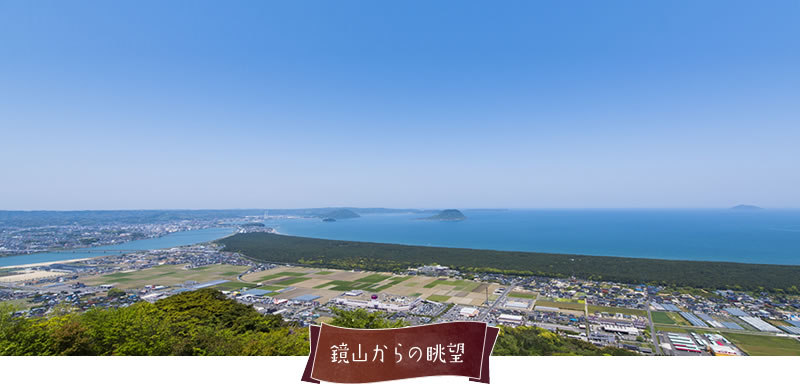
Japanese Buddhist legend of Matsura Sayohime with beautiful Princess Say and Otomo no Sadehiko - Karatsu is home to some of the locations and regions mentioned in this folk tale. Mt. Kagami, one of the best scenic spot in Karatsu, is also known as "Mt. Hirefuri" after the action of Sayo waving her feather robe as she wistfully witnessed the love of her life depart for a battle. This ridge of scenic beauty is also mentioned in the Man’yoshu in a form of poetry concocted by Yamanoue no Okura. Welcoming visitors at Roadside Station Kyuragi is the 12-meter monument of Sayo in Kyuragi Town, considered the birthplace of Princess Sayo.

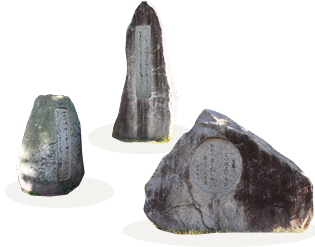
The state of Matsura cited in Gishi-wajin-den is most likely to have existed in the Karatsu region, as numerous valuable prehistoric artifacts have surfaced. Nabatake Ruins is the country’s oldest rice cultivation site discovered so far. The Matsurokan exhibits relics discovered at the Nabatake site as well as replicas of a pit dwelling and a rice paddy likely seen at that time.
Key-hole shaped Kurisozui Ancient Tumulus has also been discovered in the area; the estimated time of formation is from the late 3rd to the early 4th century. Not only that, some valuable earthenware has surfaced from the bottom of the Genkai Sea at the Nishikaratsu underwater archaeological research site. Kodai-no-Mori Kaikan exhibits notable findings of Karatsu in chronological order according to each time period.
